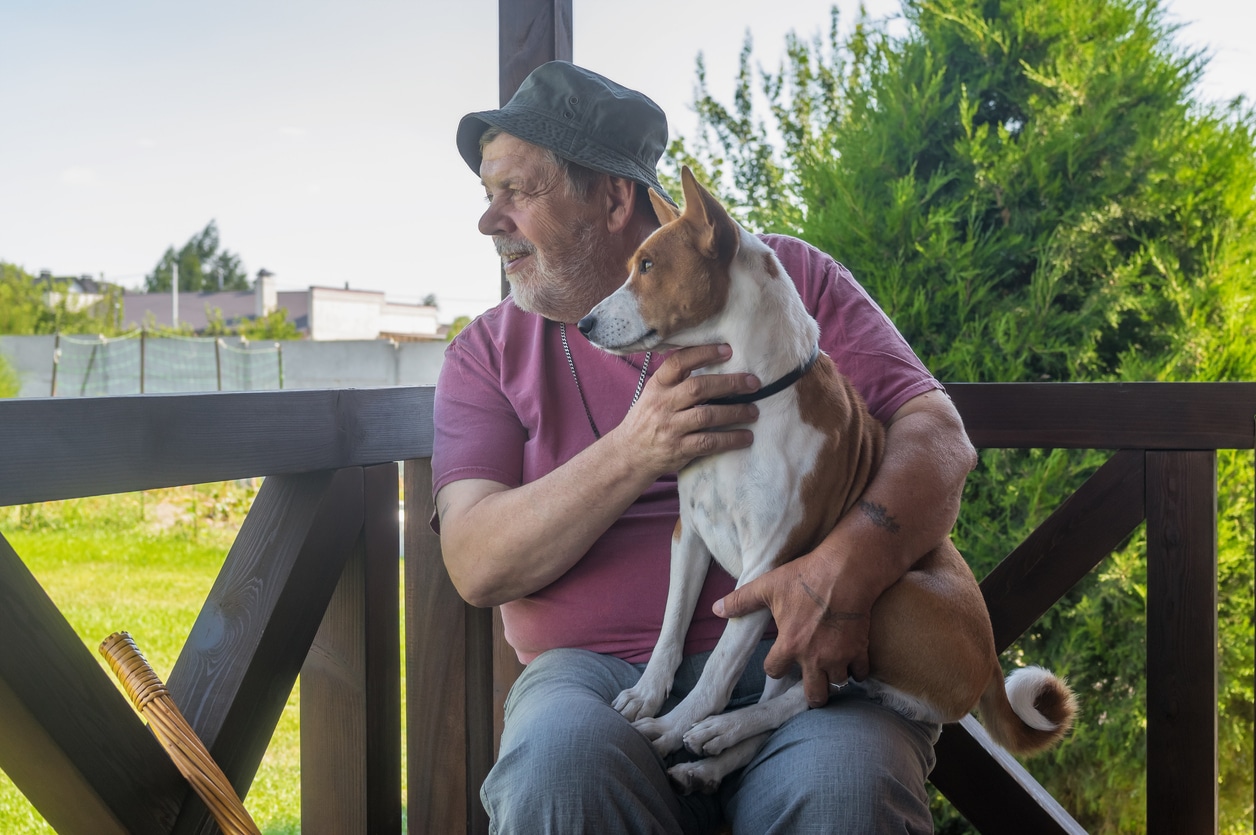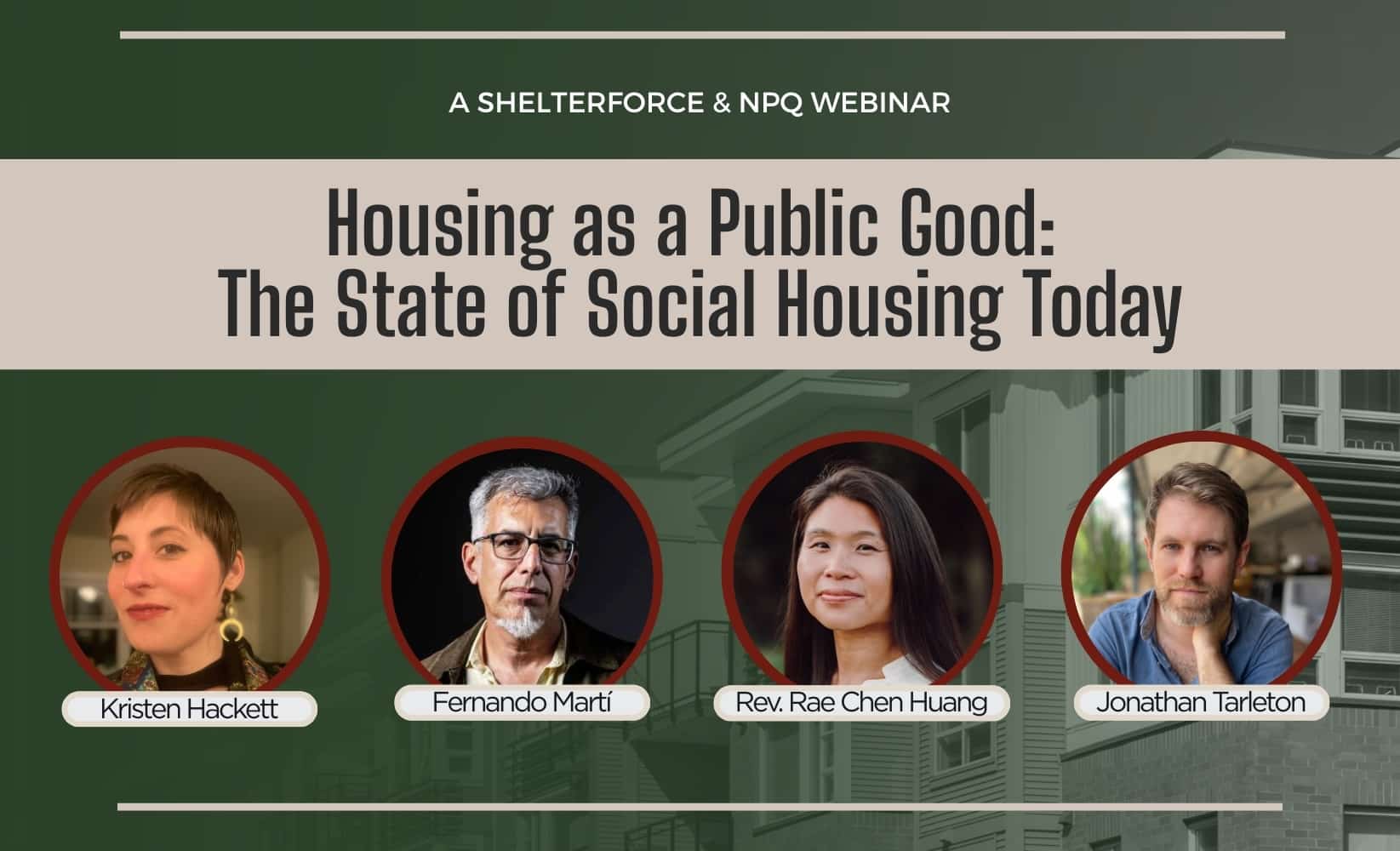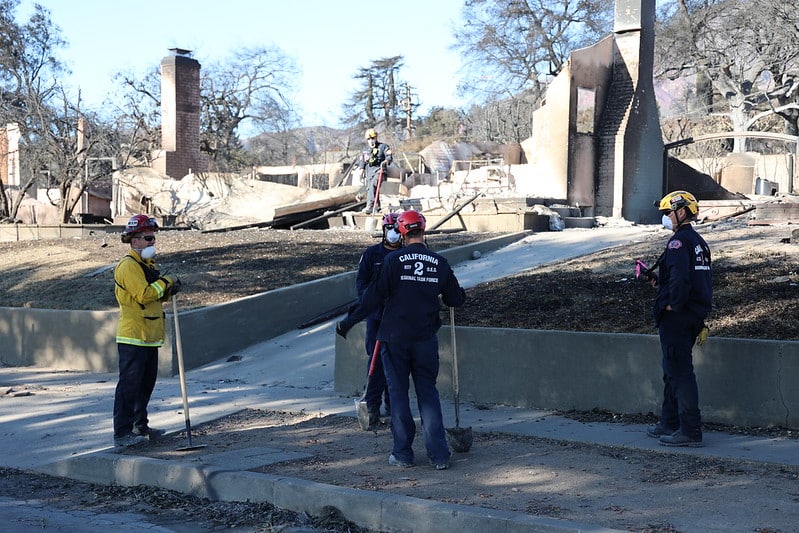Some evenings, as the sun lowers across our street, a few of us still walk. My neighbors and I have lived here for decades—40 years in my case—and though our steps have slowed, we walk anyway. It’s a rhythm we’ve kept, season after season. We wave, we linger, we walk each other partway home.
And always, we walk with our dogs.
Tucked beneath our arms or trotting ahead on aging paws, they come with us—these four-legged family members. They’re part of the neighborhood too.
We don’t talk much anymore about work, or politics, or what’s next. Mostly, we talk about what’s slipping away: fewer visits from old friends, neighbors who’ve moved on, houses sitting empty after someone’s final ride to the hospital.
We talk about what we fear. And more and more, that’s not death—it’s disconnection. We fear a world where we’re no longer seen. Where there’s nowhere to go, and no one who knows how long we’ve been here.
We talk, and we walk, and we hold close to the one thing that always shows up when called: the companionship of a dog or a cat.
That’s the idea behind a new project we’re studying here in Utah.
We’re calling it Paws & Porchlight—a small, gentle neighborhood made for people like us. Not big apartment blocks. Not care facilities. Just a handful of cottage homes, each with a porch, a fence, and a place for your rocking chair—and your retriever.
The concept is simple: Twelve small houses—each no more than 600 square feet—arranged in a walkable layout along a central garden path. Each home would have its own porch, a small yard, and shared access to a dog run, a trail, and other kinds of everyday infrastructure that makes growing old feel less lonely.
These aren’t theoretical. These are HUD-compliant, Energy Star–rated manufactured homes—legal, insurable, and financeable. They’re built off-site, placed on permanent foundations, and can be installed in under 90 days. They’re faster, more affordable, and more accessible than almost any other housing solution we’ve seen.
Each home in Paws & Porchlight would cost about $100,000 to install—a fraction of what it takes to build a traditional home or senior facility.
But this project isn’t just about numbers. It’s about knowing what it feels like to live on a fixed income and still want something beautiful.
We aren’t trying to reinvent housing. We’re trying to bring it back down to earth.
You know the feeling: sitting outside as dusk arrives, your dog curled up nearby, someone walking past who knows your name—maybe even your birthday. That’s the kind of community Paws & Porchlight is built to restore.
We’ve designed it not as a subdivision, but as a village. A place where the fences are low, the porches are deep, and the quiet is good company—not isolation.
And yes, there’s a bit of nostalgia in it. But there’s also urgency. Too many older adults are being forced out of their homes or into housing that doesn’t let them keep their pets. That’s not just a loss—it’s a trauma. Pets are our family, our therapy, our alarm clocks, and sometimes our last connection to the world.
[RELATED ARTICLE: Sitting on a Porch Can Be Good for Your Health]
Why are we designing senior housing that takes that away?
The answer may lie in something few cities have embraced fully: HUD-manufactured homes placed on permanent foundations. These aren’t trailers or mobile homes. These are well-insulated, high-quality, single-level homes that meet strict national standards—and they can be built off-site, delivered, and installed in under 3 months.
That speed matters.
It means we can go from design to move-in in a single season. It means costs stay low. And it means we don’t have to wait five years to do something about the housing crisis for older adults and their pets.
Paws & Porchlight is designed to sit on less than an acre. It doesn’t need massive infrastructure or zoning overhauls. In many cities, it could be placed on vacant or underused land already owned by schools, churches, or the city itself.
This is smart growth with a soft edge. It’s not the highest density. But it might be the highest quality of life per square foot.
We’ve already seen pieces of this idea in action—in small cottage courts, senior co-housing communities, and pet-inclusive apartments. But what’s often missing is a model that combines speed, simplicity, and replication. Paws & Porchlight is designed to do all three—and light a few porch lamps along the way.
The Utah Manufactured Housing Coalition has drafted the plans, modeled the costs, and built the visual story. Now we’re looking for a partner: a city, a landholder, an investor, or a foundation ready to say yes.
Yes to something modest. Yes to something meaningful. Yes to something that lets people grow old with their dog at their side—and with a neighbor to wave to.
The other night, as I walked my block, I passed six homes whose owners I’ve waved at for 40 years. We used to throw block parties. We used to trade tomatoes and help each other shovel. These days, we mostly wave and smile. The faces on the porches have changed—but the dogs? Somehow, they remain. Not the same ones, maybe—but someone always has one. Still trotting ahead. Still walking the same old paths.
That’s when it hit me.
Housing isn’t just about units. It’s about continuity. And if we don’t create small, meaningful options for the growing numbers of people who are aging, modest in means, yet rich in history—we’ll lose the invisible threads that hold neighborhoods together.
Paws & Porchlight is my answer to that need.
It’s one idea. It’s one village. But it could be many.
And if we build it with care, we might just create something that lasts longer than any of us—and brings a little light to the end of the street.





Comments